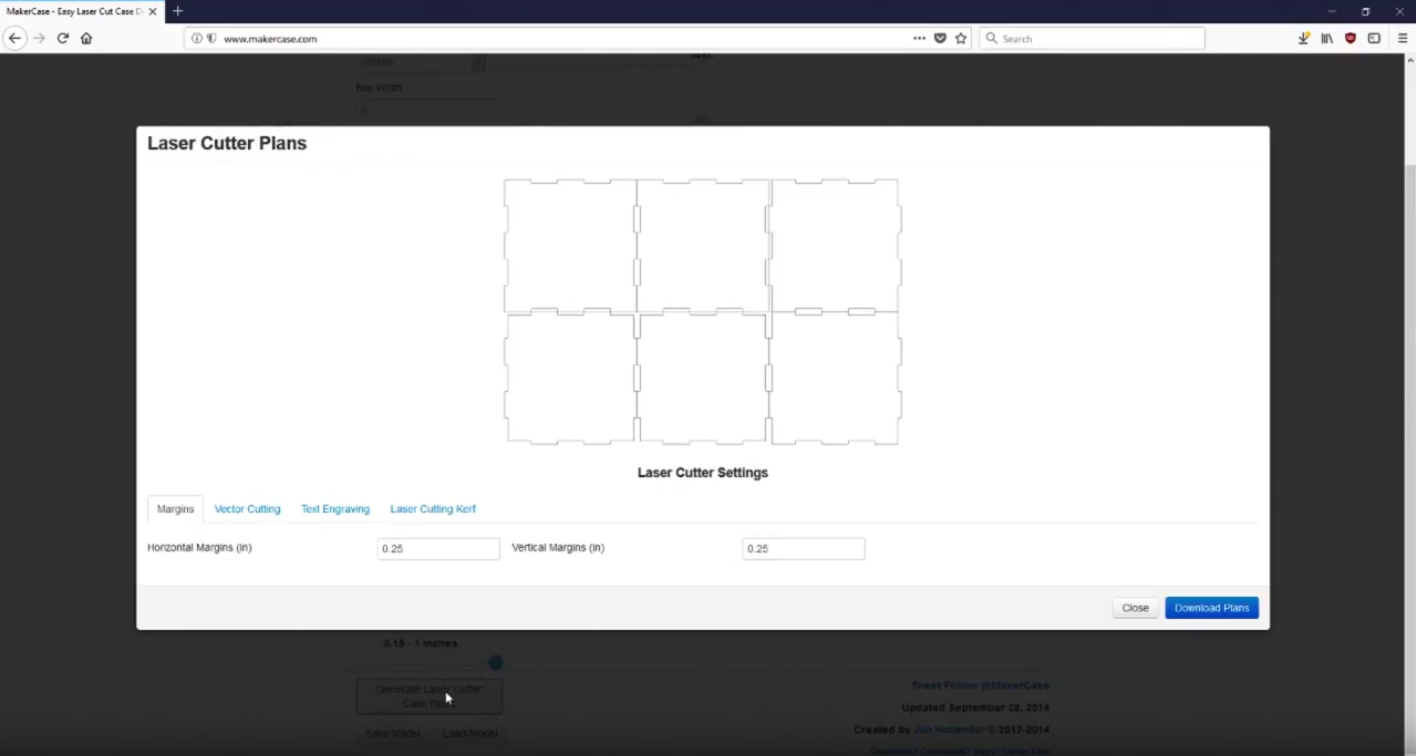Legend of Zelda Nightlight
by GeekDadDIY in Workshop > Woodworking
3081 Views, 52 Favorites, 0 Comments
Legend of Zelda Nightlight

Darkness, shadows, monsters under the bed, and all manner of nighttime terrors can make bedtime for a kid a real nightmare (a little pun intended there).
One good way to help calm nerves and make bedtime easier is with a nightlight. Here's how I made a Legend of Zelda themed nightlight, inspired by Breath of the Wild
Materials





Materials I used:
1 - 1/4" x 4" oak board (need at least 16+")
1 - USB charging board
1 - LED strip
1 - on/off switch
1 - battery
Tools I used:
Laser cutter
Inkscape
Wood glue
Acrylic glue
Danish oil
Solder knife
Solder
Wire trimmers
Designing the Boxes


The first thing I did was to go to Makercase.com
It's a great website that easily lets you add dimensions and joint preferences to a template of a box, and download it in an instant. I went to Makercase, set the wood thickness to 1/4", and put in the dimensions of 4"x4"x4" for my box. I selected finger joints for my preferred joinery, and then maxed out the size of the finger joints on the slider.
I exported the template and opened it up in Inkscape.
I also went and created another box, 1/8" thickness, and made it 1/2" smaller (3.5") to cut a box out of acrylic to fit inside the outer box.
Adding the Graphics



I searched for graphics from the game on the internet, importing vectors (if I could find a version of the graphic I wanted), or if I couldn't find a graphic I went and found a picture I liked from the game and brought it into Inkscape. I used the pen tool to outline the elements of the picture I liked, then copy/paste'd it onto the template for the box.
I removed the fill for each of the graphics, and set the stroke width to .001 (this is specific to Epilog laser cutters, the particular setting may be different depending on which brand and style of laser cutter you are using). I sized each of the graphics to be 1/2" smaller than each panel of the box, then arranged the graphic to the center of each panel.
Laser Cut the Box




After saving the Inkscape drawing as a PDF, I took the file to Fab Lab and cut it out on their Epilog laser cutter. I didn't set the speed slow enough, so the laser didn't completely cut all the way through the board, so I used an exacto knife to go back and finish cutting out all the design pieces and smaller pieces that will be added back to the nightlight at a later step.
I also took a piece of 1/8" smokey (I think that is the color name) acrylic and cut out the inner box.
Putting the Boxes Together





Using more clamps than is probably necessary, I glued together the outer box (except for the bottom piece), as well as gluing together the acrylic box (again, except for the bottom piece).
I sanded down the oak box to remove any scorch marks from the cutting process, and burn lines from the finger joints. I then took some sand paper and sanded down both sides of the acrylic box to diffuse the lights that will go inside the box later. I tested the acrylic against some lights until I felt I had enough diffusion
Adding the Details


I glued the acrylic box inside the oak box, then took the small detail pieces I had removed from the cutouts earlier and glued them to the acrylic box
Making the Lights




I took my micro-USB circuit board and started to solder the different elements to it. I soldered the LED lights to the output of the circuit board, then soldered one end of the battery to the circuit board, and soldered an ON/OFF switch between the other line from the battery and the circuit board.
After all the pieces were soldered together, I tested the lights out, making sure they turned on and off with the switch, and were controllable by the remote that came with the LEDs.
I removed the adhesive backing from the lights, and attached the lights to the inside corners of the acrylic box (to allow for more uniform diffusion, and to keep the strip from being seen through parts of the acrylic). I fit the circuit board, battery, and ON/OFF switch into the box and then closed everything up.
SIDE NOTE: I am going to go back later and carve out a slot for the USB charger and the switch into the bottom of the nightlight, but for the time being this setup worked for me)
Final Touches


The last things I did with the nightlight was to add some peel-and-stick feet to the bottom of the nightlight, then took some danish oil and rubbed it on the oak to really bring out the color and the grain of the wood.
Enjoy!

The only thing left to do is turn the nightlight on during bedtime, and let the soft glow of Legend of Zelda goodness work its magic.

Now you know how to do it, watch it being made!
I have more geeky projects you can check out here on Instructables, so be sure to follow me for when I put out new Instructables
AND you can watch more of my project videos HERE
AND you can also follow me on Instagram @onceuponaworkbench